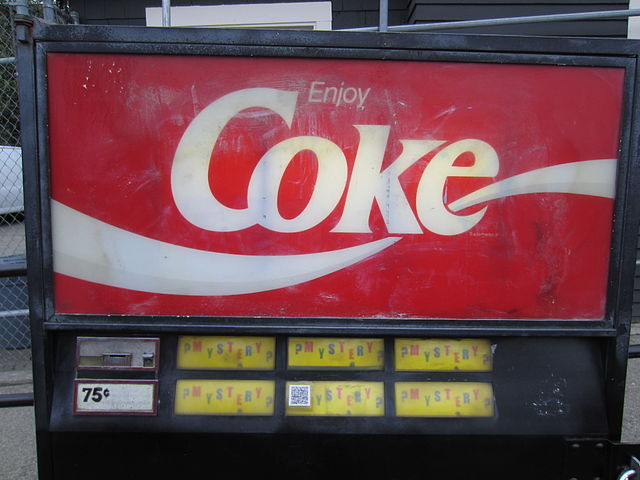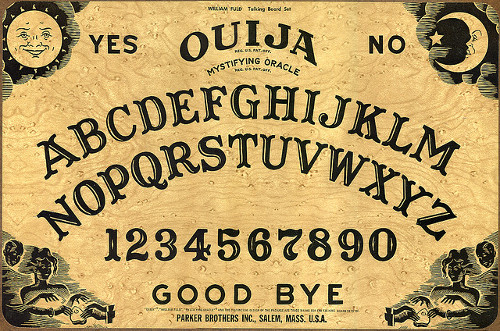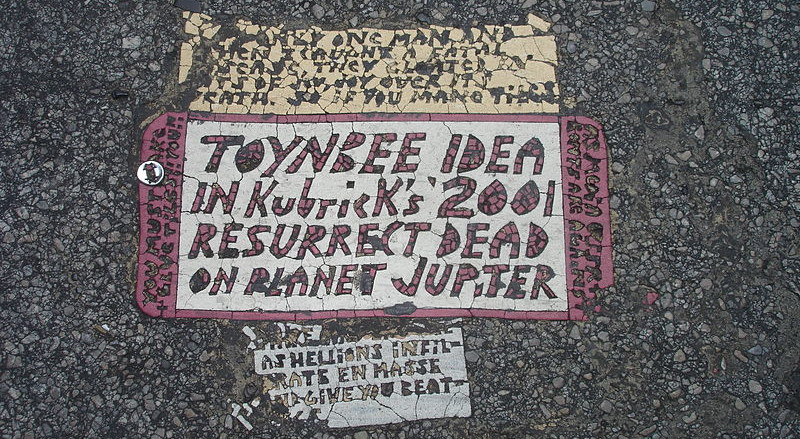Holders of lottery tickets are reluctant to trade them in for different tickets, even though they know that all tickets are equally likely to win. Why? Possibly it’s because of “anticipated regret” — I’ll feel like a fool if I discover I’ve traded away a winning ticket; I’d rather hold on to my ticket even if it means that my inaction costs me a fortune.
But in a series of experiments in 2007, Cornell psychologists Jane Risen and Thomas Gilovich found that people have a gut feeling that an exchanged lottery ticket is more likely to win than an unexchanged one, and are even willing to back up that belief with cash. We seem to find it easy to imagine that possibility, and that ease makes that outcome seem more likely.
“As these results indicate, the tendency to imagine a negative outcome and therefore to believe that it is especially likely to occur manifests itself in many other circumstances beyond the decision of whether to exchange lottery tickets.” For example, we think we’re more likely to be pulled over by police when we’ve borrowed a car without permission, and we think we’re more likely to be called on in class when we haven’t done the reading.
For similar reasons, people are reluctant to switch checkout lanes at the grocery store or to change answers on a multiple-choice test. “Although one might think that in most situations the rational system would hold the upper hand, it is often the intuitive system that people obey.”
(Jane L. Risen and Thomas Gilovich, “Another Look at Why People Are Reluctant to Exchange Lottery Tickets,” Journal of Personality and Social Psychology 93:1 [2007], 12.)







